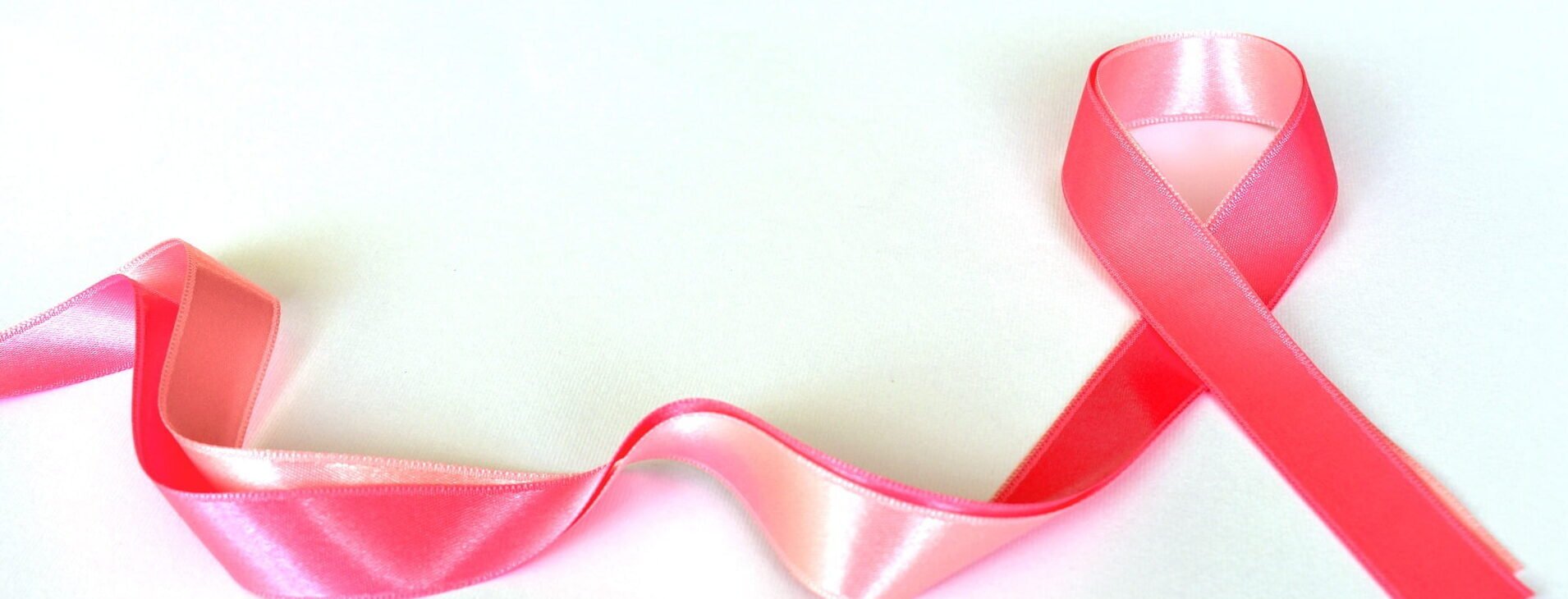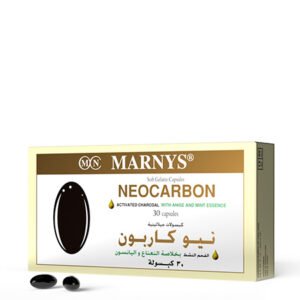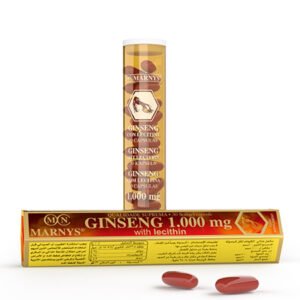October is International Breast Cancer Awareness Month and the 19th of the same month is World Breast Cancer Day. What do you know about this topic? In this article we will talk about what breast cancer is. what its symptoms are and how we can reduce the risk of getting it.
What is breast cancer?
Cancer forms when abnormal cells grow in breast tissue. It is one of the most common cancerous diseases in the world after skin cancer, especially in women, although men are also susceptible. Doctors divide the progression of the infection into five stages.
Breast cancer stages
It is very important to determine the stage of breast cancer, as this will help the doctor with treatments and increase the cure rate. As mentioned above, doctors divide the progression of into five stages:
- Stage 0. At this stage, the cancer is localized and non-invasive, meaning it has remained “in the original place.”
- Stage I. Cancer at this stage is invasive, meaning it has broken free to attack healthy tissue.
- Stage II. The cancer has grown or spread to a limited area of the breast and lymph nodes, or both.
- Stage III. Although the cancer has not spread, it is considered advanced and hard to control. It is harder to fight.
- Stage IV. Cancer is now called “metastatic”. It is the most dangerous because it has spread from the breast to the bones, lungs. liver and/or even the brain.
Types of breast cancer
Unfortunately, there are many types of this disease. The classification is based on the type of cells that become cancerous. Below, we will talk about them:
- Angiosarcoma is a rare form of cancer that forms in the lining of the blood vessels and lymph vessels. Your lymph vessels, which are part of your immune system, collect bacteria, viruses and waste products from your body and dispose of them.
- Invasive lobular carcinoma begins in the milk-producing glands (lobules) of the breast. Invasive cancer means the cancer cells have broken away from the lobule where they began and have the potential to spread to the lymph nodes and other areas of the body. It makes up a small portion of all breast cancers.
- Lobular carcinoma in situ (LCIS) is an uncommon condition in which abnormal cells form in the milk glands (lobules) in the breast. LCIS isn’t cancer. But being diagnosed with LCIS indicates that you have increased risk of developing this disease.
- Inflammatory breast cancer is a rare type of breast cancer that develops rapidly. It occurs when cancer cells block the lymphatic vessels in skin covering the breast, causing the characteristic red, swollen and tender. It is considered a locally advanced cancer; meaning it has spread from its point of origin to nearby tissue and possibly to nearby lymph nodes.
- Recurrent breast cancer is breast cancer that comes back after initial treatment. Although the initial treatment is aimed at eliminating all cancer cells, a few have evaded and survived. The cancer may come back in the same place as the original cancer (local recurrence), or may spread to other areas of your body (distant recurrence).
- Male breast cancer is a rare cancer that forms in the breast tissue of men. Male breast cancer is most common in older men, though it can occur at any age. Men diagnosed with male breast cancer at an early stage have a good chance for a cure. Depending on the case, treatment may be surgery, chemotherapy and radiation therapy.
- Ductal carcinoma in situ (DCIS) is the presence of abnormal cells inside a mild duct in the breast. DCIS is considered the earliest form of breast cancer. DCIS is non-invasive, meaning it hasn’t spread out of the milk duct and has a low risk of becoming invasive.
- Paget’s (PAJ-its) disease of the breast is a rare form of breast cancer. Paget’s disease of the breast starts on the nipple and extends to the dark circle of skin (areola) around the nipple. It isn’t related to Paget’s disease of the bone. Paget’s disease of the breast occurs most often after age 50. Only rarely is Paget’s disease of the breast confined to the nipple itself.
Symptoms of breast cancer
There are many symptoms of breast cancer, some of which are easily visible and some of which need careful examination by a physician. Among the advanced signs are:
- A breast or armpit lump that feels different from before, or from the surrounding tissue.
- Change in the breast shape or size.
- New, continuing pain in the nipple.
- Peeling, redness, scaling, crusting or flaking of the breast or nipple skin.
- Newly inverted nipple.
- Nipple secretions.
Risk factors of breast cancer
To this day, the causes of breast cancer are unknown and completely understood, as there are a group of interrelated factors, which include genetic factor, hormonal factor, environmental factors, social biological and physiological factors of the organs. We will discuss each of these factors below.
Genetic factor
A positive family history increases the risk of breast cancer in first line relatives (mother, sister or daughter). The risk is dependent upon whether the cancer was bilateral and whether it occurred in the pre- or postmenopausal period. The risk in immediate relatives is approximately three times higher than in those who have no family history.
Hormonal factors
Hormone regulation is important in the development of breast cancer. Early pregnancy and early oophorectomy lower the incidence of breast neoplasm. Many of the hormonal risk factors such as long duration of reproductive life, multiparity and late age at the time of the birth of the first child imply increased exposure to estrogen peaks during menstrual cycles.
Environmental factors
The primary environmental factor that has been shown to have a direct link with breast cancer is nuclear radiation. Epidemiological studies have shown that women exposed to radiation due to nuclear war and medical diagnostic or therapeutic procedures are at an increased risk of developing it.
Sociobiological factors
Age and gender have been found to be risk factors for developing breast cancer. Worldwide, 75% of new cases and 84% of breast cancer deaths occur in women aged 50 and older. Nutritional intake and imbalances can also influence the risk of developing it. Consumption of fruits and vegetables may reduce the risk of developing it.
Physiological factors
Physical activity levels can have an impact on the risk of breast cancer. Studies have shown a 30% reduction in risk level associated with a few hours per week of vigorous activity compared to no exercise at all.
How to prevent breast cancer?
It is not possible to achieve 100% certain prevention, but there are many healthy habits and steps that can help us reduce the risk of breast cancer. The following steps can reduce the risk.
- Follow a healthy diet rich in vegetables, fruits, whole grains and legumes, and diversify food sources to ensure that the body gets all the nutrients it needs, thereby improving the strength of the immune system in the body.
- Maintain a healthy weight and avoid obesity. By following a healthy diet, controlling the calories we eat and exercising regularly, we can reduce the risk of the disease. Follow a light, lower-fat diet.
- Avoid alcohol and tobacco. Drinking alcohol, even in small amounts, increases the risk of infection. As for tobacco, it has been linked to different types of cancer, such as: cancer of the lung, mouth, throat, larynx, pancreas, bladder, cervix and kidneys.
- Breastfeeding. The longer the breastfeeding period, the greater the protective effect against the disease. Therefore, women are always advised to breastfeed their babies.
- Limit the dose and duration of hormone therapy. Since hormone treatment for a period longer than three years increases the possibility of developing the infection. Therefore, you should consult your doctor to find out how dangerous the treatment is and look for other alternatives if possible.
- Early detection with mammography. Early detection is very important because by detecting the disease early, the cure rate increases. Therefore, you should be screened when symptoms appear or if they have a family history of the disease to reduce the risk of the infection.




